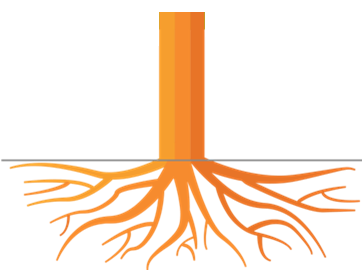The following statement might surprise you, but it’s true.
To run a linear model, you don’t need an outcome variable Y that’s normally distributed. Instead, you need a dependent variable that is:
- Continuous
- Unbounded
- Measured on an interval or ratio scale
The normality assumption is about the errors in the model, which have the same distribution as Y|X. It’s absolutely possible to have a skewed distribution of Y and a normal distribution of errors because of the effect of X. (more…)
You probably learned about the four levels of measurement in your very first statistics class: nominal, ordinal, interval, and ratio.
Knowing the level of measurement of a variable is crucial when working out how to analyze the variable. Failing to correctly match the statistical method to a variable’s level of measurement leads either to nonsense or to misleading results.
But the simple framework of the four levels is too simplistic in most real-world data analysis situations.
(more…)
by Christos Giannoulis, PhD
Attributes are often measured using multiple variables with different upper and lower limits. For example, we may have five measures of political orientation, each with a different range of values.
Each variable is measured in a different way. The measures have a different number of categories and the low and high scores on each measure are different.
(more…)
Predictor variables in statistical models can be treated as either continuous or categorical.
Usually, this is a very straightforward decision.
Categorical predictors, like treatment group, marital status, or highest educational degree should be specified as categorical.
Likewise, continuous predictors, like age, systolic blood pressure, or percentage of ground cover should be specified as continuous.
But there are numerical predictors that aren’t continuous. And these can sometimes make sense to treat as continuous and sometimes make sense as categorical.
(more…)
Suppose you are asked to create a model that will predict who will drop out of a program your organization offers. You decide to use a binary logistic regression because your outcome has two values: “0” for not dropping out and “1” for dropping out.
Most of us were trained in building models for the purpose of understanding and explaining the relationships between an outcome and a set of predictors. But model building works differently for purely predictive models. Where do we go from here? (more…)
At The Analysis Factor, we are on a mission to help researchers improve their statistical skills so they can do amazing research.
We all tend to think of “Statistical Analysis” as one big skill, but it’s not.
Over the years of training, coaching, and mentoring data analysts at all stages, I’ve realized there are four fundamental stages of statistical skill:
 Stage 1:
Stage 1: The Fundamentals

Stage 2: Linear Models

Stage 3: Extensions of Linear Models

Stage 4: Advanced Models
There is also a stage beyond these where the mathematical statisticians dwell. But that stage is required for such a tiny fraction of data analysis projects, we’re going to ignore that one for now.
If you try to master the skill of “statistical analysis” as a whole, it’s going to be overwhelming.
And honestly, you’ll never finish. It’s too big of a field.
But if you can work through these stages, you’ll find you can learn and do just about any statistical analysis you need to. (more…)




